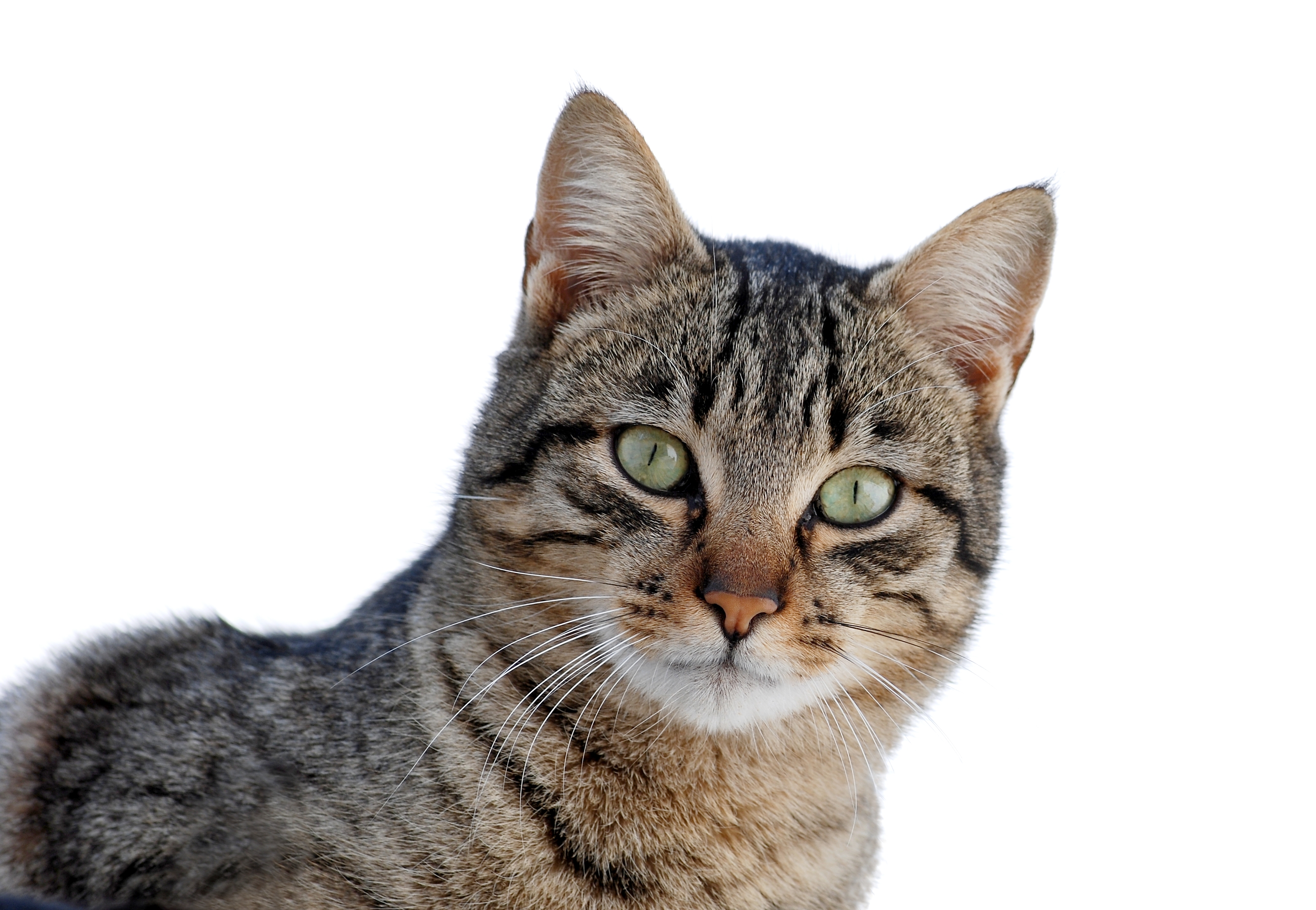In the enchanting world of feline companionship, our beloved cats often display a resistance to change that rivals even the most stubborn of humans. And so, when it comes time to introduce a new type of food into their diet, we find ourselves embarking on a curious journey filled with uncertainty, perseverance, and perhaps even a hint of magic. How, then, can we gracefully navigate the transition for our finicky feline friends? Join us as we delve into the realm of dietary transformation and uncover the secrets to successfully introducing a new culinary delight into your cat’s life. So grab your catnip, don your cat ears, and let’s embark on this whiskered adventure together!

Understanding the Importance of a Gradual Transition for Your Cat’s Diet

Gradually Introduce New Foods to Keep Your Cat Happy and Healthy
Transitioning your cat’s diet is not something that should be rushed. Just like humans, cats can have sensitive stomachs and sudden changes can lead to digestive upset. So it’s important to introduce new foods gradually. Here’s why:
- Prevents digestive issues: Gradual transitions give your cat’s digestive system time to adjust, reducing the chances of digestive upset like diarrhea or vomiting.
- Allows for taste preferences: Cats can be picky eaters, and sudden changes may result in them not liking the new food. A gradual transition allows them to slowly get accustomed to the taste and texture.
- Maintains a balanced diet: Switching abruptly can lead to nutrient imbalances. Gradually introducing new foods ensures that your cat receives a balanced diet throughout the transition.
Remember, a slow and steady approach is always best when it comes to your cat’s dietary changes. Your feline friend will thank you for it!
Key considerations and step-by-step guide for successfully introducing your feline to a new food

Transitioning your kitty to a new food can be a delicate process, ensuring their health and happiness. Here’s a quick guide to make the transition smooth:
- Research: Understand your feline’s dietary needs and consult your vet for recommendations.
- Gradual Transition: Mix small portions of the new food into their current diet, increasing the ratio gradually.
- Observation: Monitor their response to the new food, checking for any allergic reactions or digestive issues.
- Patient Approach: Give your kitty time to adjust, allowing at least a week for the transition.
- Consistency: Stick to the new food once the transition is complete to avoid digestive issues.
Follow these steps to ensure a successful transition, keeping your feline companion content and nourished.
Wrapping Up about How to transition my cat to a new type of food?
In conclusion, transitioning your beloved feline friend to a new type of food can be a delicate task, but with a little patience and perseverance, it is entirely achievable. Remember, change should always be introduced gradually, allowing your cat’s taste buds and digestive system to adapt at their own pace. By following our carefully crafted steps, you can ensure a smooth and successful transition.
While it may seem challenging initially, switching your cat’s diet can bring about numerous benefits. From improved nutrition and health to a possibly more satisfied and contented kitty, making the switch can be a pivotal moment in your feline companion’s life. Just remember that not every cat will take to a new type of food immediately, and some may require a longer adjustment period. It’s essential to listen to your cat’s cues and consult with a veterinarian if you have any concerns.
By establishing a routine, introducing small portions of the new food, and gradually increasing their quantity while reducing the old food, you can pave the way for a seamless transition. Keep an eye out for any signs of intolerance or discomfort during this period, as adjusting the transition process may be necessary. Remember, every cat is unique, and what works for one may not work for another.
In the end, be patient and understanding. Your cat’s well-being is the ultimate goal, so take the time to monitor their progress and adjust accordingly. With love, care, and a little experimentation, your furry companion will soon be enjoying their new diet like a king or queen of the feline realm.
So, go ahead and embark on this newfound culinary adventure with your cat. The power to improve their overall health and happiness lies in your capable hands. Bon appétit, feline style!
